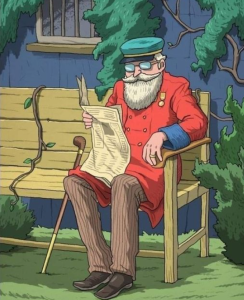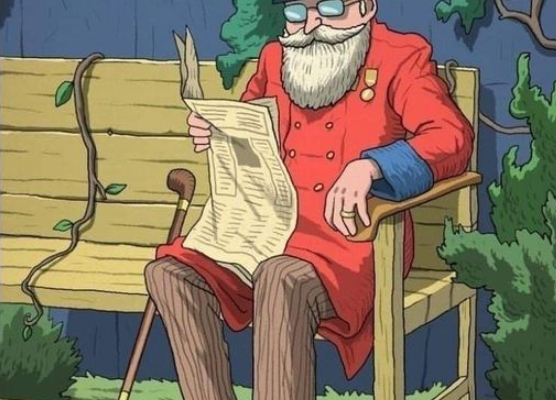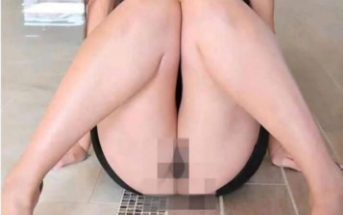Can You Find the Missing Pipe? Put Your Skills to the Test!
If you love puzzles that challenge your observation, patience, and logic, you’ve probably encountered the classic “missing pipe” brain teaser. It’s deceptively simple: a complex network of pipes—some connecting, some broken, some missing—accompanies an image of water flowing. Your goal? To spot the one pipe that’s missing or incorrectly connected and figure out where the water won’t reach, or which pipe is essential to complete the flow.
This puzzle is a staple in many brain teaser collections, escape rooms, and even engineering entrance exams. It challenges not just your eyesight but your ability to think spatially, visualize flow, and identify patterns under pressure. Today, I want to dive into this puzzle type, explain why it’s so captivating, and then guide you through an exercise to find that missing pipe.
The Fascination With Pipes and Flow Puzzles
Why do pipe puzzles capture the imagination?
At their core, these puzzles replicate real-world plumbing or circuitry challenges—how to connect parts so a fluid or current flows uninterrupted from start to finish. Unlike many puzzles that rely purely on logic or math, pipe puzzles tap into visual-spatial intelligence. You must track pathways through twists and turns, gaps, and intersections.
Plus, they’re oddly satisfying. There’s something deeply rewarding about following the water’s imagined path and spotting the one break or missing link. The moment you identify the “missing pipe,” it’s like your brain hits a rewarding Eureka moment.
Common Types of Pipe Puzzles
-
Missing Pipe Identification: Given an incomplete set of pipes, determine which piece is missing to complete the flow.
-
Broken Pipe Detection: Identify where the leak or break is that stops the flow.
-
Pipe Rotation or Rearrangement: Pipes are all present, but their orientation is wrong. Your task is to rotate or reorder them to complete the path.
-
Flow Simulation: Track where water enters and exits, sometimes with multiple input and output points.
Let’s Put Your Skills to the Test: Find the Missing Pipe
Imagine the following scenario (you can sketch this out or visualize it mentally):
You have a grid of connected pipes—horizontal, vertical, and elbow joints. Water is flowing from the top left corner, moving through the network, and should exit at the bottom right corner.
However, water is not reaching the exit. Something is wrong.
Your task: Find the one missing or incorrectly placed pipe causing the blockage.
Step 1: Visualize the Path
Start at the water source. Trace the path visually along each connected pipe. Follow every turn and joint. Notice if there is any interruption, gap, or open end.
Step 2: Identify Disconnected Sections
If the water stops flowing before the exit, trace backward from the end to see where the connection breaks. Sometimes it’s easier to work from the end backward to the source.
Step 3: Look for Missing Connections
Focus on each joint. Are all ends connected to another pipe? Is any open end facing another pipe but not joined? Missing pipe segments usually appear where two open pipe ends are close but unconnected.
Step 4: Consider Pipe Orientation
Sometimes, pipes may be present but incorrectly oriented. For example, an elbow joint might be facing the wrong direction. Make sure every pipe’s opening aligns perfectly with the next piece.
Step 5: Hypothesize the Missing Piece
Once you spot the gap or mismatch, imagine which pipe shape would fit. It could be a straight piece, an elbow, a T-joint, or a cross. The shape depends on the adjacent pipes’ layout.
Example Scenario Breakdown
Suppose you see the following configuration:
-
The first row has a horizontal pipe connecting the first two points.
-
The second row has a vertical pipe that should connect the first row to the third row.
-
The third row ends with an elbow joint turning left, but there is a visible gap between the elbow joint and the final exit pipe.
Following the water flow, it stops at the gap between the elbow and the exit pipe.
Here, the missing pipe is likely a straight horizontal pipe between the elbow and the exit.
Why Do We Struggle With This Puzzle?
Because our brains often jump to conclusions or overlook subtle gaps in complex visual data. It requires patience and careful, step-by-step checking.
If you rush, you might mistake a pipe as connected when it’s not, or miss an open end hidden behind other pipes.
Bonus: Tips to Sharpen Your Observation Skills for Pipe Puzzles
-
Use a Pointer or Finger: Physically tracing the path helps avoid skipping parts.
-
Mark Visited Pipes: Mentally or on paper, note which pipes you’ve confirmed as connected.
-
Break Down the Network: Focus on small sections at a time, then combine.
-
Practice with Variations: Try different puzzles involving grids, mazes, or water flows to improve.
-
Take Breaks: If you feel stuck, step away and return with fresh eyes.
A Classic Pipe Puzzle for You to Try
Below is a simplified text representation (imagine each symbol is a pipe or connection):
In this schematic, the water should flow from [Start] through the pipes to [Exit].
But if one piece is missing or incorrectly placed, the flow stops.
Can you identify which connection is missing or needs fixing?
Solution Walkthrough
Let’s analyze:
-
From
[Start], the water moves right along a horizontal pipe─. -
At the junction
┬, it should split or continue. The vertical pipe│going down from the junction seems intact. -
The elbow or corner
┐at the top right connects horizontally and vertically. -
But if there’s a missing connection at
┼(cross junction), water can’t flow properly. -
The gap might be at the connection from
┼down to the bottom right┘(elbow) pipe.
Therefore, the missing piece is likely the vertical pipe connecting ┼ to the elbow ┘.
Final Thoughts
The “missing pipe” puzzle may seem simple at first glance, but it cleverly exercises your brain in spatial reasoning and detailed observation. The next time you face such a challenge, remember the steps: trace, identify gaps, check orientation, and hypothesize missing links.
If you enjoyed this challenge, there are countless online apps and puzzle books full of similar pipe puzzles to keep you entertained and mentally sharp. And if you want, I can provide a set of puzzles tailored for different skill levels.


